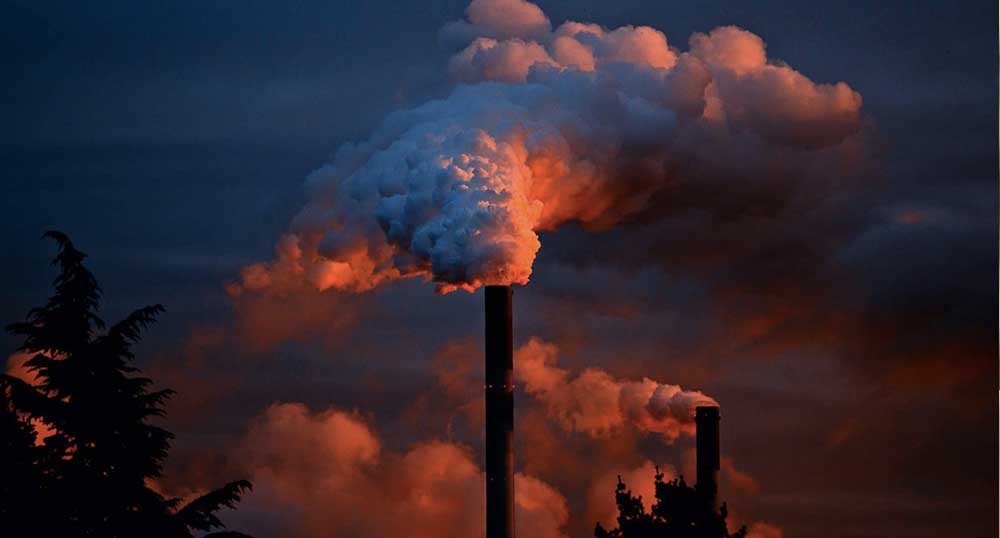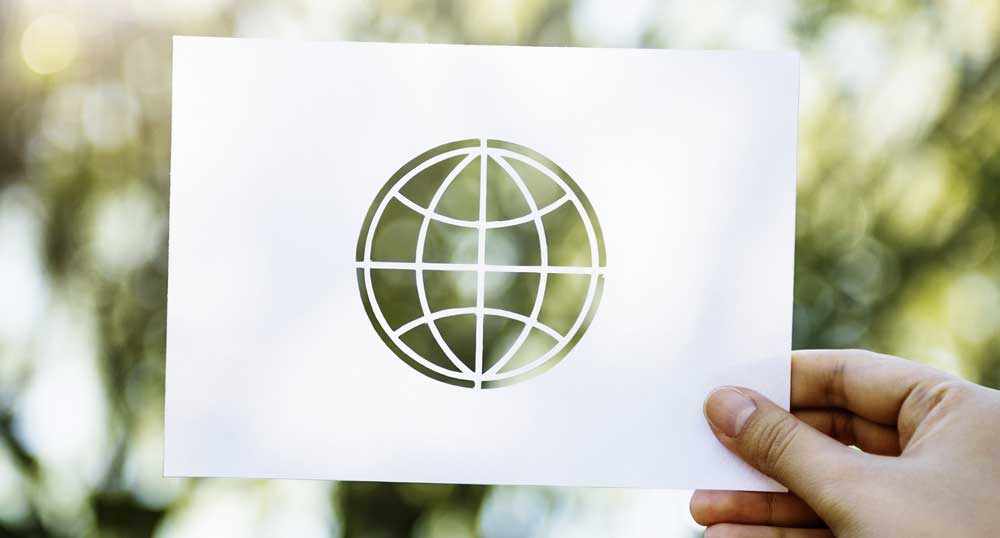


QUANTITATIVE RISK ASSESSMENT (QRA)
The purpose of a Quantitative Risk Assessment (QRA) is to assess the probability of damage caused by a potential accident. This method, initially developed in the field of transport and the nuclear industry, has gradually been adapted to process industries, especially in northern Europe, for high-risk plants bound by the Seveso II Directive.
The particularity of QRA methods lies in the way in which the results of the hazard analysis are expressed and represented.
Generally, we calculate on the one hand the probability that an individual in a given place will die from the effects of the accident – qualified as the individual risk – and, on the other, the fraction of the population liable to die from the effects of the accident and the associated frequency – qualified as the societal risk.
QRAs can also be used to assess the risk of material losses and the risk of environmental damage.
Results are generally represented as a frequency/severity curve (or F/N curve) for the societal risk or location-specific individual risk (LSIR) or “iso-risk” curves for the individual risk.
Four major risk indicators can generally be established from a QRA:
- Individual risk (location-specific risk): this is the annual probability of dying as a result of the major accidents analysed for a person remaining permanently in a given spot.
- Societal risk: this is the annual probability of a certain number of deaths as a result of the major accidents analysed.
- The risk of environmental damage.
- The risk of material loss.
